Catching an eddy
I get to take a closer look and feel at the mixing and merging of the rivers when I take my first unintentional swim of the trip.
The group is stopping here for lunch and a talk on the humpback chub. As our boat approaches the confluence, I’m busy watching a kayaker at the mixing line. That’s when the guides parked at our lunch site start yelling.
We’ve missed the eddy.
Catching an eddy is like hailing the one working cab in town. It can take you where you want to go. But if you miss it, you’re not likely to catch another one, at least not without a change of plans.
The worst-case scenario for us is we’ll miss lunch and a talk about endangered chub. Still, lunch and chub rank high with this group. Luckily, our guides are good at reversing course.
Other boats have already “parked,” and are now shouting advice to us about redirecting course. Two guides in kayaks paddle out to meet us, while the guide in our boat pulls hard against the water, rowing backward against the flow and directing us into a sandbank. The plan is to tie up here, walk the bank, and swim across the Little Colorado to the group on the other side.
I’m thankful, for the bazillionth time on this trip, that I borrowed a friend’s dry suit and am wearing it on what I presumed would be a dry day. Because even though the Little Colorado is warmer than the main stem, it’s still cold. Fortunately, the river is “little” at this crossing. We swim over without incident.
It won’t be the last time I’ll be forced to swim.
Who are you calling ‘chub?’
Now that we’re all safely gathered on one side of the river, we walk along its banks. Plant sciences professor Truman Young stops to inspect the yellow flowers of a brittlebush plant. Geology student Roxanne Banker nudges ecology student Evan Wolf —“Wanna see something cool?” — and points to a spider on a web straddling two rocks.
Class instructor Nicholas Pinter begins the discussion: “Here we are at the Little Colorado River. This is the last hiding place for the humpback chub.”
The chub is one of eight fish species native to the Grand Canyon, and one of only five remaining in the park.
Imagine spending your whole life in a warm, muddy place that, for generations, has been just right for you to live, grow and raise your children. Suddenly, all of that changes within days. Your home is now clear and cold. And, on top of that, a predator is unleashed, and you are among its favorite foods.
That is what the humpback chub faced when Glen Canyon Dam began controlling the flow of water downstream. Not only did the dam drastically cool and change its habitat, rainbow trout were introduced to the river and became one of the chub’s biggest predators.
‘Why bother saving the chub?’
The Little Colorado, with its warmer water and better spawning habitat, is now the only part of the chub’s once extensive native range where it can still naturally reproduce. And while only a fraction of its former population, the fish has recently enjoyed an uptick in its numbers.
After explaining its plight, class instructor Sarah Yarnell asks the group, “Why bother saving the chub?”
Most of the water flows in the Colorado River are managed for the humpback chub, a situation this group finds reminiscent of California’s Delta smelt, another seemingly insignificant minnow that serves as a canary in the coal mine for resource managers.
Sarah concludes that “by working to save it, we protect other native species here.”
The question is worth posing. Later in their careers, some of these students will face similar challenges: Is it worth it to save species with such drastically altered habitats and uncertain futures? If so, why? What is the line between restoring nature and reconciling it with present realities?
These questions are tough, and we learn there aren’t easy answers. But it gives us something to think about while my boat mates and I swim back across the river, hoist ourselves into the boat, and paddle on.
- Kat Kerlin
Class instructor Carson Jeffres talks about his recent discovery that he is related to John Wesley Powell, who led the first science expedition down the Colorado River in 1869. A conversation with UC Davis writer Kat Kerlin. Credit: Joe Proudman/UC Davis






